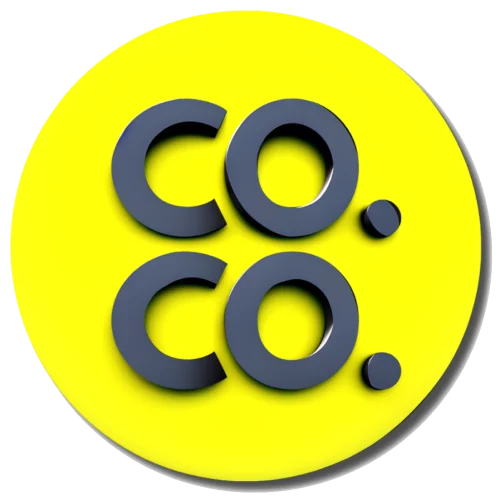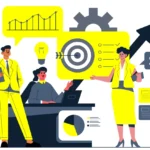Introduction
When people hear the word “branding,” most still picture logos, fonts, and color palettes. While those elements do matter, they’re just the surface. In 2025, branding has evolved into something deeper, broader, and far more impactful.
Your brand isn’t what you say it is — it’s what your customers feel it is. And that emotional association comes from everything you do: the way you speak, deliver, follow up, engage, and show up. Branding today is business strategy in disguise.
Branding is Not Design. It’s Experience.
The biggest misconception? Thinking a visually appealing brand is a strong brand. In truth, a brand is built when your audience consistently experiences your business in a way that resonates — emotionally and logically.
That means:
- The tone of your automated emails
- The voice behind your Instagram replies
- The way your packaging feels when someone opens it
- The post-sale support your team provides
- The language on your landing pages.
All of these are branding decisions — whether you intended them to be or not.
Branding is Strategy, Not Just Identity
A strong brand:
- Understands its customer better than the competition does
- Has a clear promise (not a tagline) and fulfills it every single time
- Evolves based on feedback but never loses its core
- Builds memory structures in the minds of the audience — so even if they’re not buying today, they remember you tomorrow
In 2025, your branding must be tightly aligned with business objectives. If your product promises ease, your branding should reflect simplicity at every touchpoint — from UI to tone.
Branding Impacts Revenue (Yes, Directly)
People don’t always buy the best product. They buy the brand they remember, trust, and relate to. That’s why branding is not an art department problem — it’s a growth function.
Strong branding:
- Lowers customer acquisition cost (you don’t need to scream to be heard)
- Increases customer lifetime value (people come back)
- Improves marketing performance (people convert faster)
- Attracts better talent (you don’t just sell, you stand for something)
The Branding Trends Shaping 2025
- Micro-Branding: One brand, multiple personalities. Brands are now tailoring sub-identities for different audience segments while maintaining a consistent core.
- Branding via Content: Podcasts, memes, newsletters, and even Spotify playlists are now considered brand touchpoints.
- Conversational Branding: Your customer support chat is your brand. Your chatbot tone is your brand. The human behind the phone is your brand.
- Values as a Differentiator: People support brands that share their beliefs — sustainability, inclusivity, mental health, transparency. This isn’t optional anymore.
- Community-Led Branding: Let your community shape your brand with co-creation — through UGC, polls, fan content, and collaborations.
Branding Without Marketing is Just Aesthetics
Many businesses invest in branding and then forget to fuel it. If your logo and brand guidelines never meet your audience through content, ads, and campaigns — it’s like rehearsing a play for years and never performing it.
Branding must be lived, breathed, and performed across all your marketing efforts — from your LinkedIn posts to influencer collaborations to the final mile of delivery.
Key Questions to Ask About Your Brand in 2025
- Can my customers explain my brand in one line?
- Does my visual and verbal identity feel cohesive across all platforms?
- Am I evoking a consistent emotion across touchpoints?
- Is my team aligned on what the brand truly stands for?
- Does my brand have a long-term memory in the market or is it forgettable?
If not, it’s time to revisit the foundation.
Final Thoughts
In 2025, branding is the emotional engine behind your business. It’s the subtle difference between being chosen and being ignored. It’s not about more color — it’s about more clarity. Not about louder — but more memorable.
The best brands aren’t always the loudest or the flashiest. They’re the ones that make you feel something — and then back it up with action.
Let your brand do more than speak. Let it connect, convert, and last.




